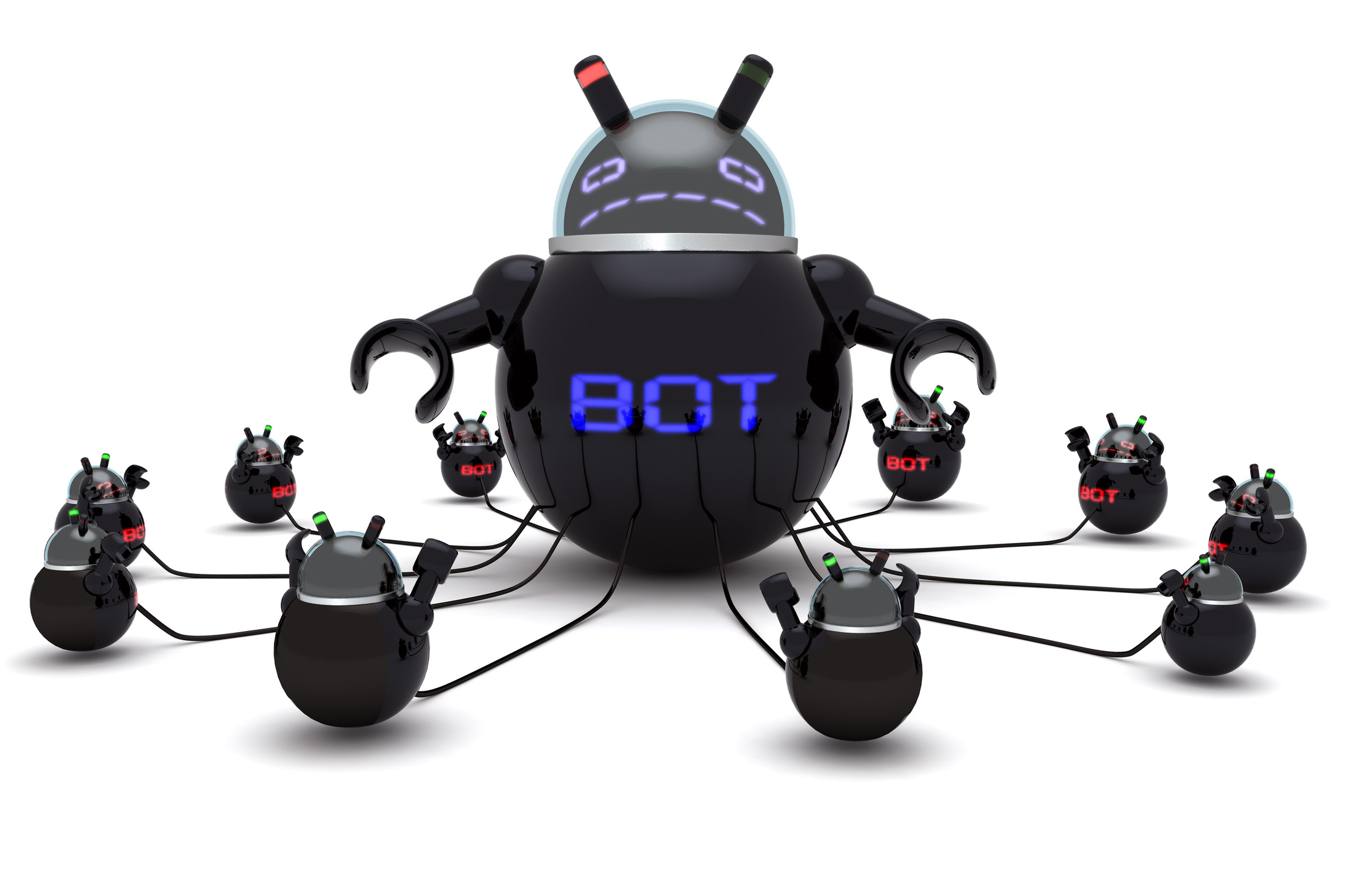SMBs warned over corrupted SOHO router risk
Team Cymru researchers claim 300,000 routers may have had their DNS settings changed by cyber criminals.

SMBs are being urged to check the DNS settings of their small office/home office routers, following the discovery of an attack affecting 300,000 of the devices across Europe and Asia.
The vulnerability was uncovered by Team Cymru researchers, who claim it could be used to redirect DNS requests to IP addresses and domains operated by cyber criminals resulting in Man-in-the-Middle attacks.
Affected routers commonly have their DNS settings altered to use the IP addresses 5.45.75.11 and 5.45.75.36, the group warned, and the problem is not isolated to a particular device brand.
The group warned the issue is likely to be exacerbated by the fact consumers are unfamiliar with how to configure routers and regularly use them without double-checking their security settings, making them a hugely attractive target for hackers.
"A range of router models from several manufacturers appears to be compromised[and] unwitting victims are vulnerable to loss of service if the malicious servers are taken down, as both primary and secondary DNS IP addresses are overwritten, complicating mitigation," the group wrote in a whitepaper, detailing their findings.
The attacks first came to light in January, and the group confirmed in the whitepaper that attempts have been made to notify the manufacturers of the compromised devices about the issue.
Victims have been identified across the world, the whitepaper adds, with the largest number of victims found in Vietnam, Italy, Thailand, Indonesia, Columbia, Turkey, Ukraine, Bosnia, and Serbia.
Get the ITPro daily newsletter
Sign up today and you will receive a free copy of our Future Focus 2025 report - the leading guidance on AI, cybersecurity and other IT challenges as per 700+ senior executives
"The scale of this campaign is quite large," the group wrote. "Over 300,000 unique IP addresses attempted DNS requests to two servers. The two services involved responded to any external DNS request and acted as open resolvers."
The researchers have made attempts to ascertain what the cyber criminals behind this attack hope to achieve by using the routers to log into banking websites and download software updates.
"All appeared to function normally, though many requests resolved noticeably slowly or failed to complete," the group's report reads.
"Our analysis did reveal links between the two SOHO pharming DNS services and variety of other suspicious devices.
"While this may simply result from malware-related DNS activity on victim host computers, or questionable browsing activities by users behind victim SOHO devices, we continue to investigate the behaviour of 5.45.75.11 and 5.45.75.36," the white paper states.
-
 Bigger salaries, more burnout: Is the CISO role in crisis?
Bigger salaries, more burnout: Is the CISO role in crisis?In-depth CISOs are more stressed than ever before – but why is this and what can be done?
By Kate O'Flaherty Published
-
 Cheap cyber crime kits can be bought on the dark web for less than $25
Cheap cyber crime kits can be bought on the dark web for less than $25News Research from NordVPN shows phishing kits are now widely available on the dark web and via messaging apps like Telegram, and are often selling for less than $25.
By Emma Woollacott Published
-
 DNS loophole could allow hackers to carry out “nation-state level spying”
DNS loophole could allow hackers to carry out “nation-state level spying”News Sensitive data could be accessed from corporate networks using vulnerability
By Rene Millman Published
-
 What is DMARC and how can it improve your email security?
What is DMARC and how can it improve your email security?In-depth Protect your customers and brand rep with this email authentication protocol for domain spoofing
By Gabriella Buckner Published
-
 Cloudflare and Apple launch privacy-focused DNS protocol
Cloudflare and Apple launch privacy-focused DNS protocolNews Oblivious DNS-over-HTTPS safeguards users' browsing habits from third parties
By Sabina Weston Published
-
 What is DNS?
What is DNS?In-depth We explain what DNS is, how it works, and how outages can be avoided
By Dale Walker Last updated
-
 D-Link routers under siege from months-long DNS hack
D-Link routers under siege from months-long DNS hackNews The attackers are running malicious IPs through a Google Cloud Platform virtual machine
By Connor Jones Published
-
 Will the FBI close down your online business this March?
Will the FBI close down your online business this March?In-depth In tackling the DNSChanger botnet, the FBI may take a load of businesses offline. Davey Winder is, unsurprisingly, anxious...
By Davey Winder Published
-
 DNS Changer botnet smashed in major cyber crime bust
DNS Changer botnet smashed in major cyber crime bustNews A botnet that is thought to have earned its controllers $14 million is dismantled.
By Tom Brewster Published
-
 ‘Climate of fear’ is best weapon against cyber crime
‘Climate of fear’ is best weapon against cyber crimeNews A member of the Serious Organised Crime Agency has claimed cyber criminals are best tackled through fear of prosecution.
By Jennifer Scott Published